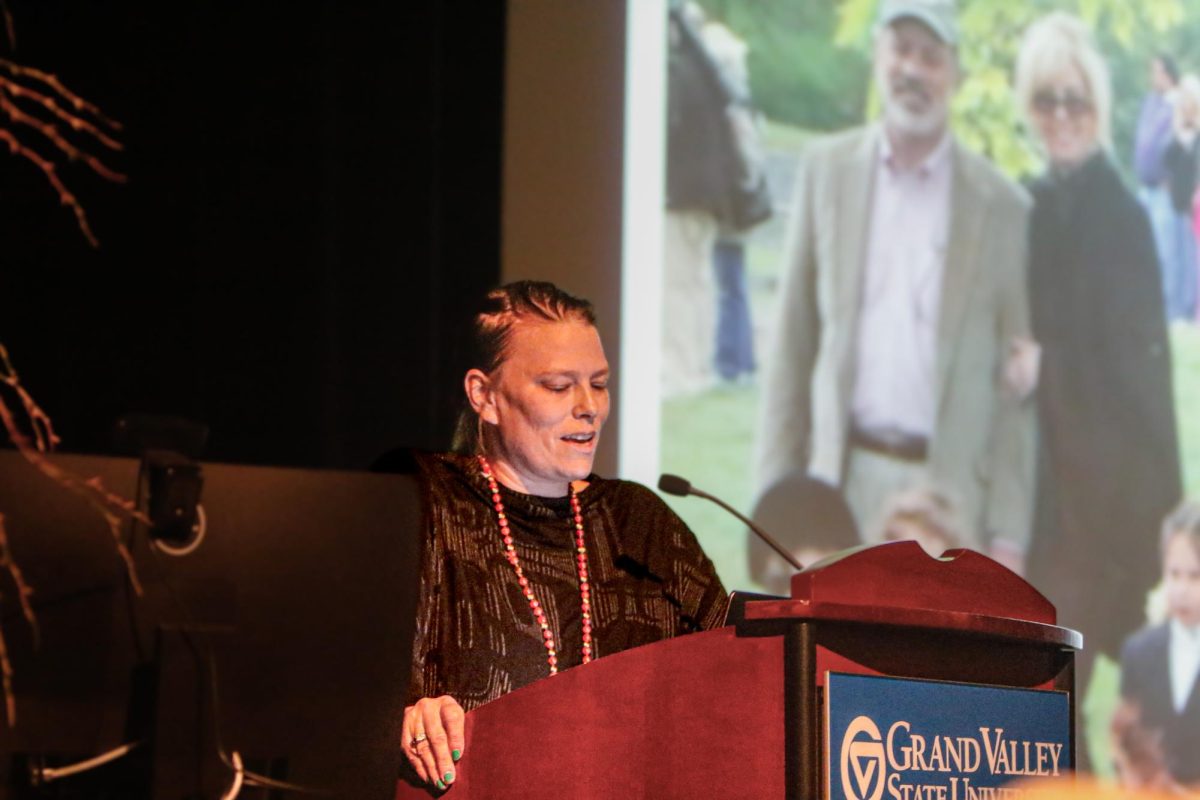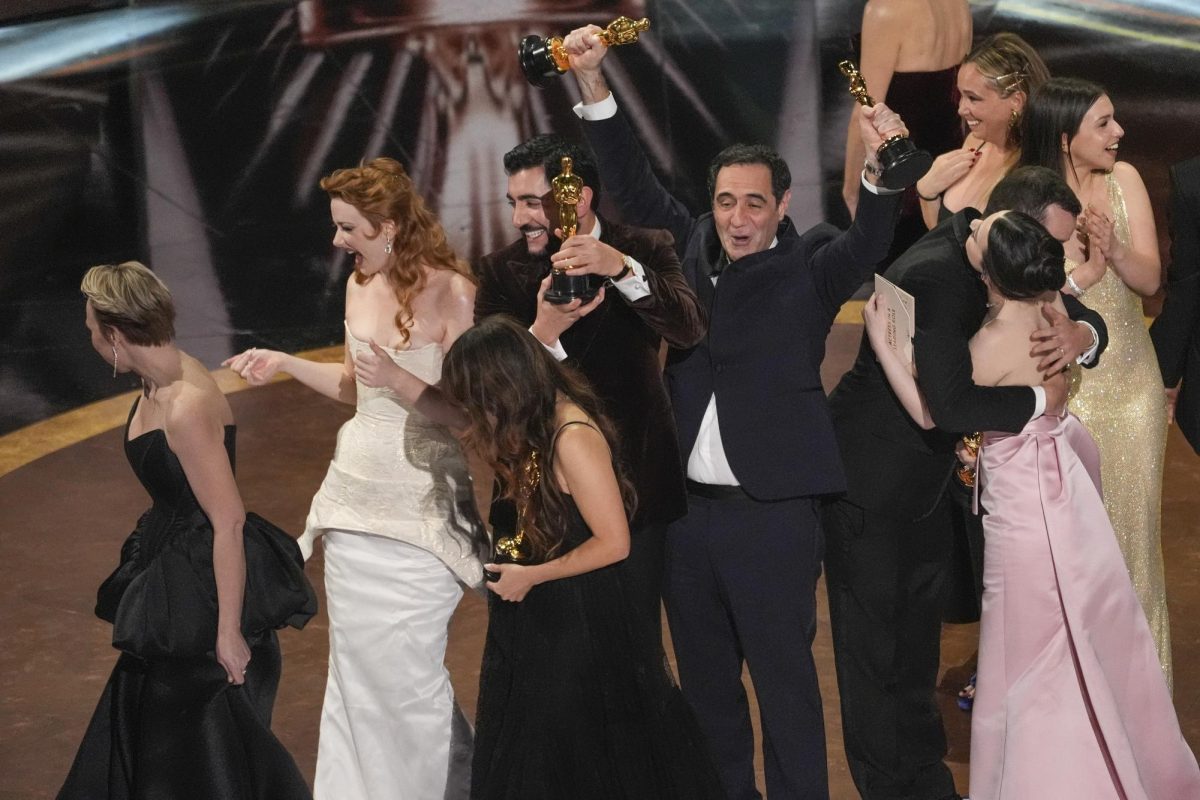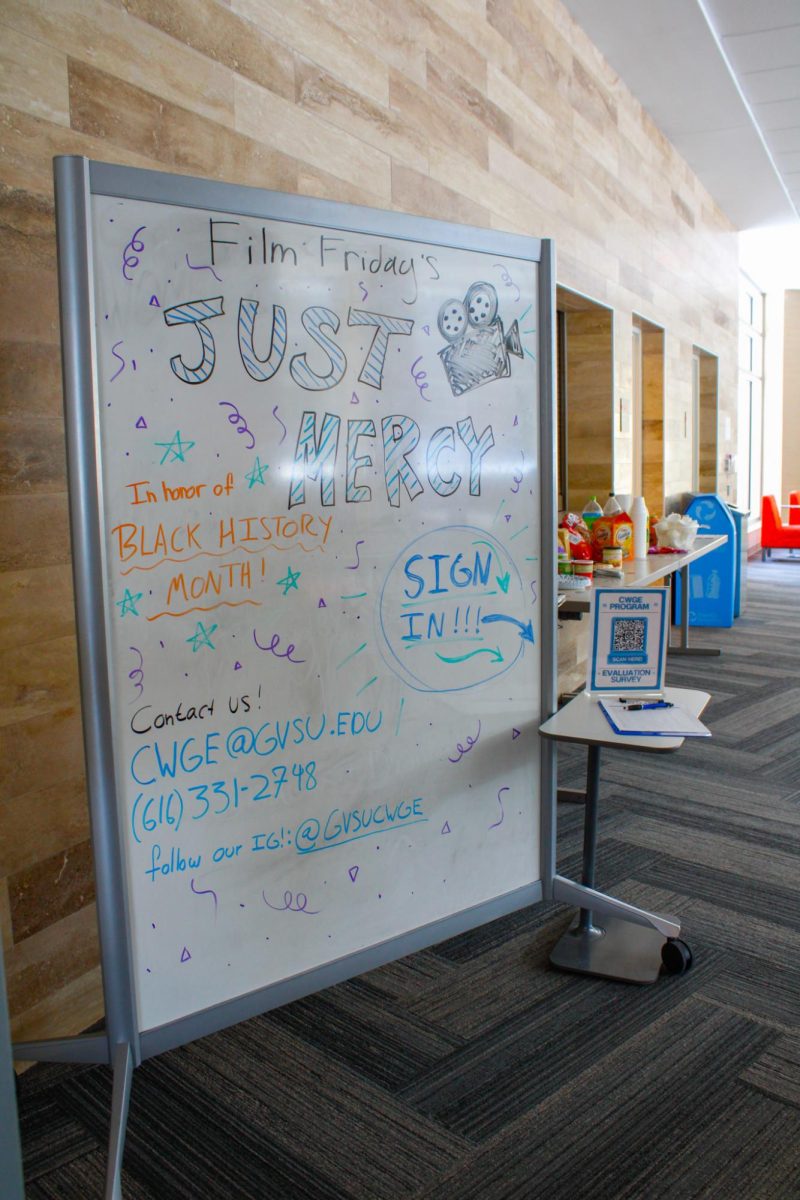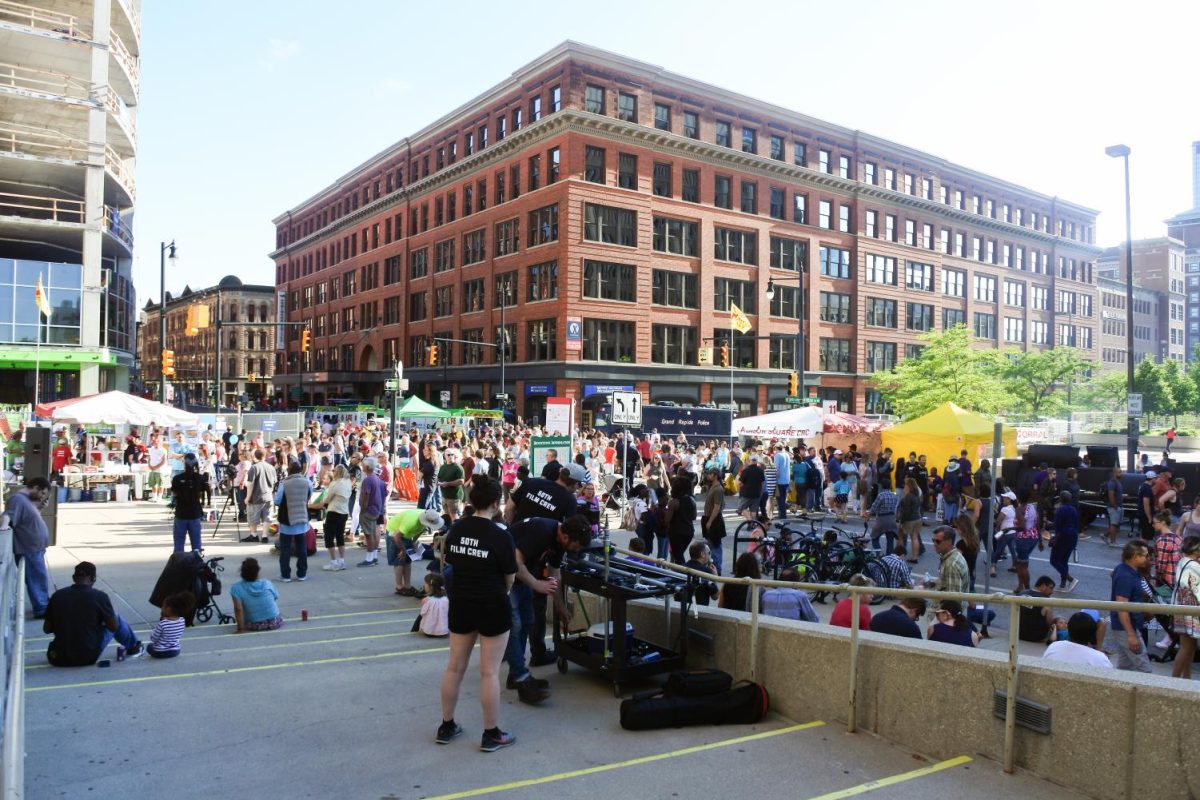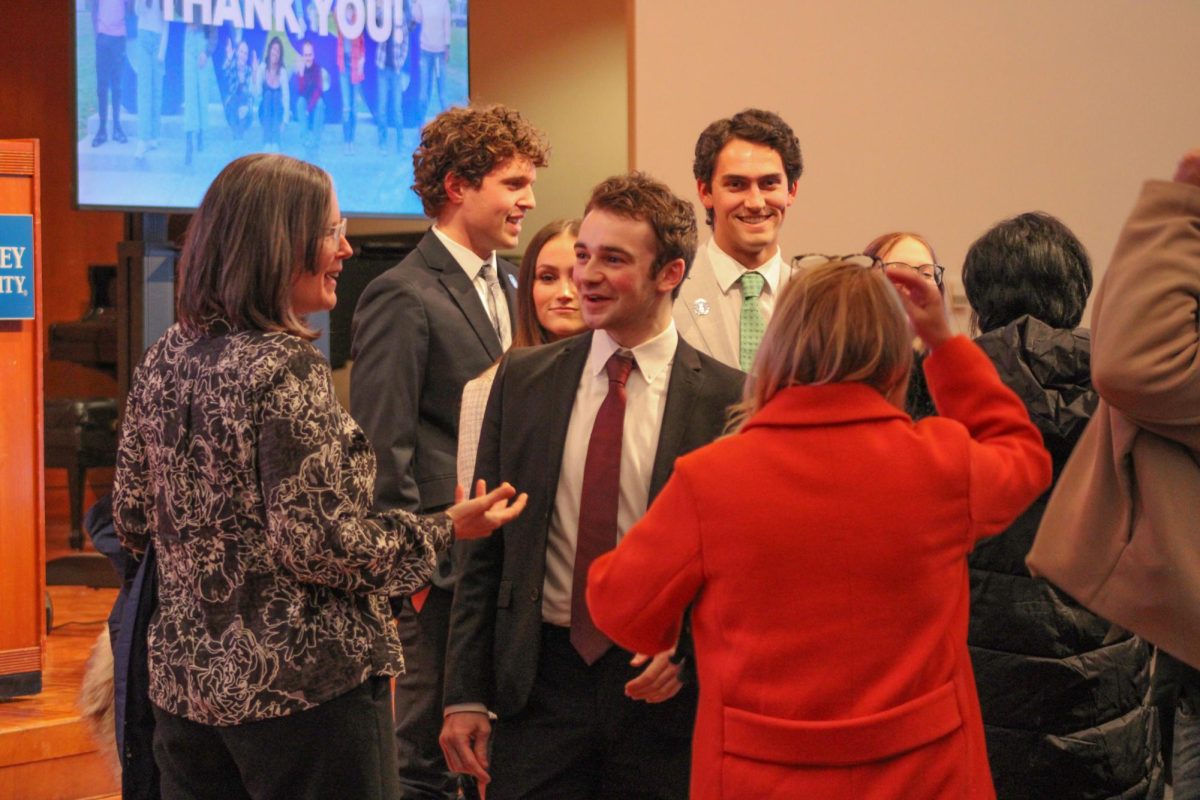Kate Levy, the Grand Valley State University Stuart B. and Barbara Padnos Distinguished Artist-In-Residence Chair, continues to create art that sends a message.
Levy’s long-term project titled, “Fate of the Machinery” connects her familial roots with a call for activism, commenting on social values in America through repurposing and renewal in a different capacity.
Levy began working on “Fate of the Machinery” ten years ago, beginning in 2014. On Jan. 23, Levy hosted an event at the GVSU Pew Campus showcasing her progress with the project thus far. The project focused on intertwining aspects of her family’s industrial background with the importance of the now-closed American corporation Gulf and Western Industries, and the machinery that was left behind in Grand Rapids, Michigan once the multinational conglomerate closed. As a documentarian and multimedia artist, Levy believes in the importance of repurposing materials and said she is fascinated by factories and machinery that have in recent years been abandoned.
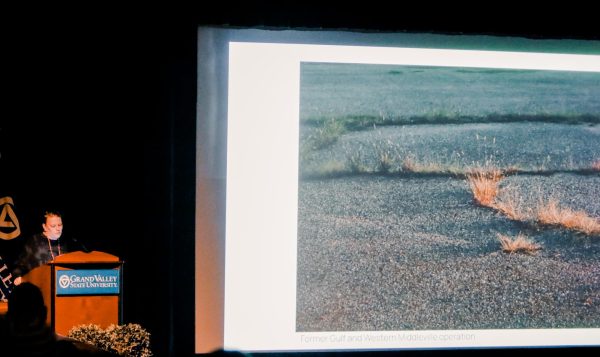
The presentation featured pictures of old newspapers depicting relevant events in the corporation’s history from the 1950s and 1960s and an explanation of the prominence of multinational conglomerates. Gulf and Western Industries was considered a multinational conglomerate because the factory owned other companies in at least one country outside of the United States.
It was through her research of the industrial history of Grand Rapids that Gulf and Western Industries was brought to her attention. As a child, Levy’s family had a connection to one of the factories. That only increased her interest and curiosity about how the conglomerate managed to run and the impact it had on West Michigan.
Levy said her overall goal for the project was to translate the economic importance that large factories and industrial corporations had in Americans’ lives through a medium that is easy to grasp.
“My goal was to speak politically, economically—to explain complicated things in a way people got, as well as blend the poetic and person,” Levy said.
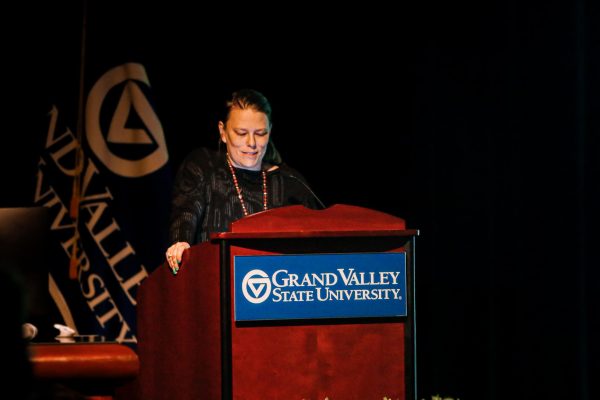
Since the project is based on Levy’s family history within the industrial auction business, she began looking into the businesses her family interacted with. She then questioned how those businesses, frequently automobile-centered, related to the communities of her focus.
“(How do) those businesses connect to social dynamics of the communities in which I’m working?” said Levy. “Is there any logic to such a wild combination of seemingly unrelated entities? And, how can we use business structures to examine our cultural and social values?”
In terms of her artwork, Levy said her family’s auctioning of industrial machinery inspired her appreciation for repurposing in art. Levy said she grew up with the understanding that her family’s work with machines was a form of upcycling.
“My family framed their work as helping the process of recycling—they’d sell the machines of those that went out of business for new businesses to grow,” said Levy.
Levy said she hopes to show the way recycling can be seen in everything.
“We recycle the same ideas and ways of living over and over again. I want to draw attention to this,” said Levy.
Levy plans to continue working on her project “Fate of the Machinery” while at GVSU. Through the ongoing project, Levy wants to garner more information to create an understanding of what happens to Michigan factories and their contents once abandoned.





